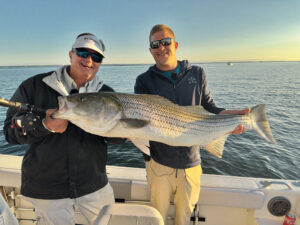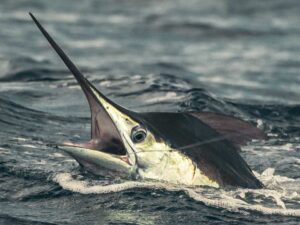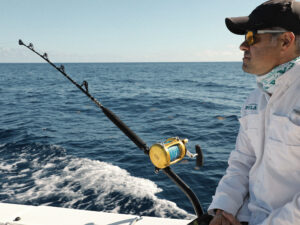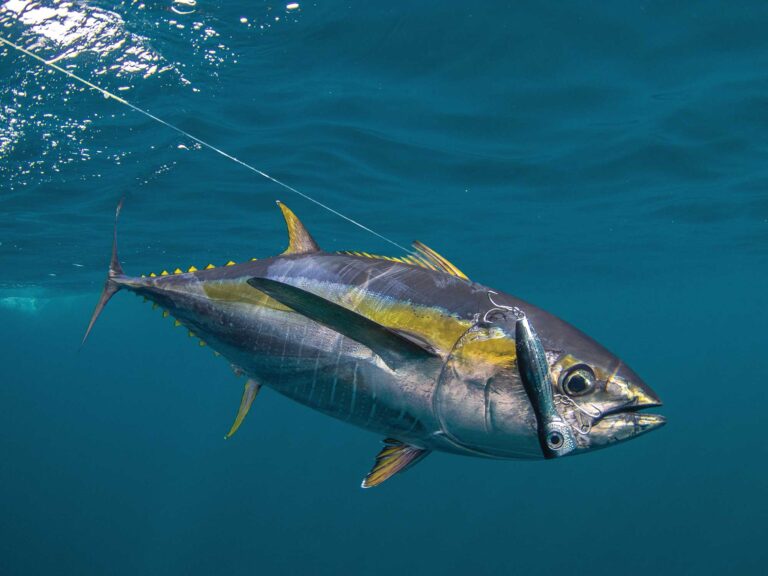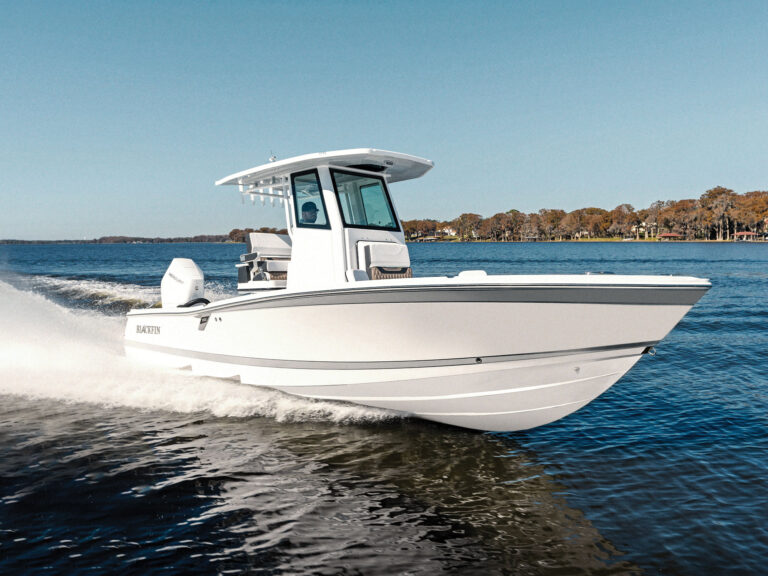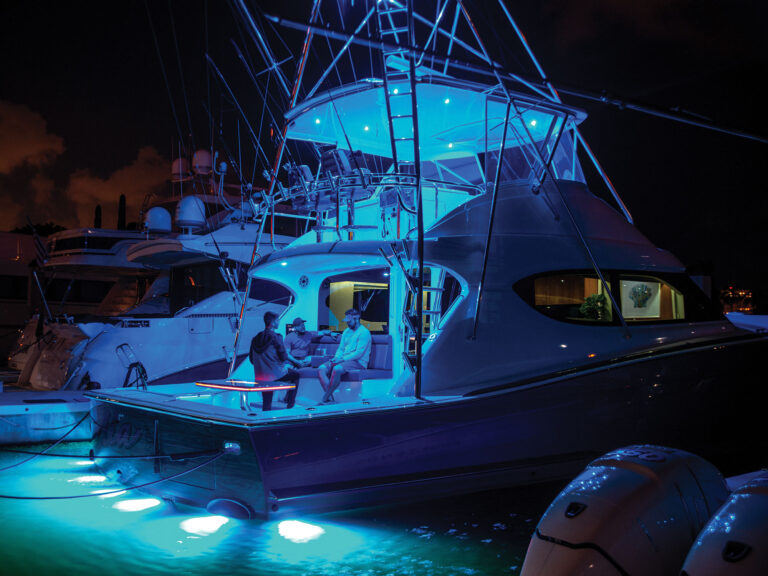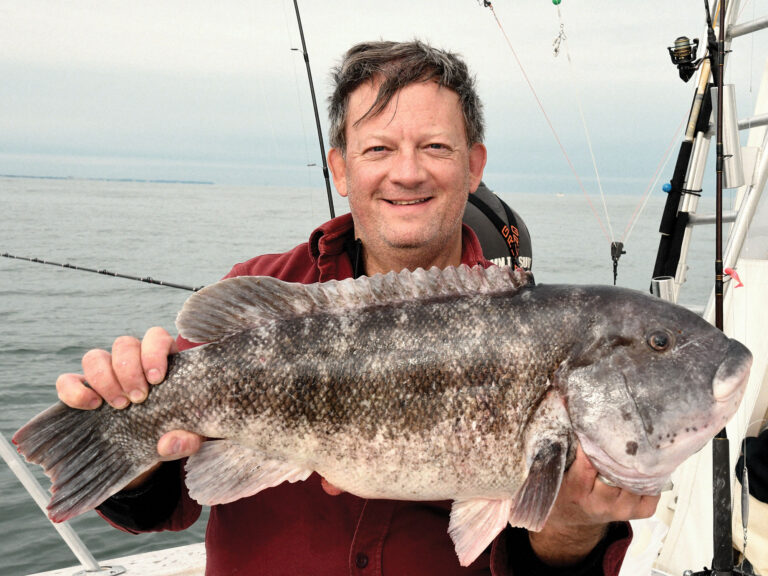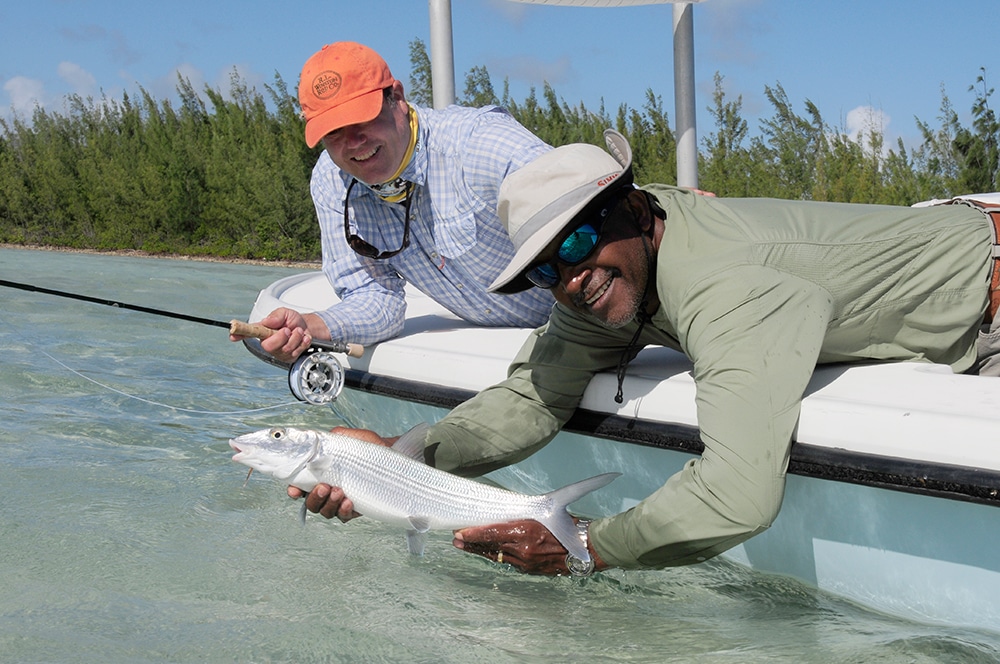
Bonefish Rods
The shimmering, silver tails were only 45 feet away – but they might as well have been 100, and the angler perched on the bow of the skiff was beginning to worry. He had already taken several nice Keys bonefish over the last couple of days on his new 8-weight, but conditions were suddenly much different. A 15-knot north wind had built overnight, and now his once-perfect bonefish rig wasn’t so perfect anymore.
With no more fly outfits on board, he would just have to make it work, he reasoned. But with each futile attempt, he was unable to turn the bushy toad fly over into the powerful gusts. Time after time, the fly landed well short of the fish, plopping down anemically in a sloppy heap of line and leader. The angler was outgunned, and he knew it.
Welcome to the world of bonefishing. When it comes to targeting the gray ghost of the flats, experienced anglers know there is no one perfect fly rod. Ironically, though, many perfect rods are available – it all depends on the place and day. A quality 8-weight rod may be entirely adequate for the big bones of the Keys most days. When the wind cranks up, however, you’d better be prepared to up-size your gear.
But what are some of the other important features that anglers should consider when shopping for a new bonefish rod? And how do these features vary in importance at different fisheries around the world? We got in touch with a few of the sport’s top anglers and guides, and they shared their thoughts on what they look for in an ideal bonefish rod. Here’s what they had to say.
Match Rod Size to Fish Size
The first rule of thumb for narrowing down your selection of bonefish gear is to match it to the area you plan to fish. It’s no secret that anglers traveling to destinations where bonefish (and their related fly patterns) are typically small will be able to get away with lighter outfits. Conversely, a beefy outfit often is necessary in fisheries where large fish and large flies are the rule.
Fly-fishing veteran Rick Ruoff takes a surprisingly simple approach to his bonefishing. When fishing virtually anywhere outside of the Keys, he typically relies on only one outfit.
“The 6-weight is the tool,” Ruoff says. “It will get you by anywhere in Mexico, the Bahamas or Venezuela. You’re never throwing a big fly or a weighted line in any of these places, and a 6-weight lays down much better than, say, an 8-weight.”
Ruoff has hunted bonefish all over the world and says that he typically will bring an 8-weight along to these fisheries, as well, just in case the wind takes a turn for the worse or if he wants to throw a “fun” line for the occasional ‘cuda or horse-eye jack. But in general he is a proponent of getting the most out of every fish, and he says a four-piece Cortland Big Sky 6-weight is just the ticket.
“Let’s be real,” he says, “only in the Keys – and sometimes in the Seychelles – do bonefish average 5 to 7 pounds, and nowhere else. You might as well enjoy the experience, and an 8-weight rod does not show off a 2-pound bonefish. He’ll still burn off 50 yards, but you want to enjoy the fight, and a 6-weight rod will do that for you.”
If you were surprised to learn that Ruoff prefers a rod as light as a 6-weight, you may be similarly surprised to learn what lengths Keys guides will go to when conditions dictate.
Capt. Greg Poland of Islamorada typically carries 9-foot, 8- and 9-weight fly outfits aboard his flats boat during charters. Yet he prefers the 9-weight. Why?
“Day in, day out, the 9 is the better bonefish rod,” he says. “If a guy fishes 20 or 30 days a year, he’s usually in tune with his equipment. But most of the guys who fish on my boat are on the water at best two or three times a year for two or three days each time.”
Poland says that delivering typical, heavy Keys flies with a 9-weight proves to be much easier and more enjoyable for inexperienced anglers – and sometimes even for experienced anglers.
When the wind really gets howling in south Florida, however, guides will step it up yet another notch. Capt. Dale Perez of Marathon typically relies on an 8-weight when searching for bonefish under calm conditions. When the wind blows 10 to 15 mph, he’ll bump up to a 9-weight. But when it’s gusting harder than that and the fish begin mudding, he “won’t hesitate to go to a 10.”
“You’re not going to do any good with a lighter rod,” Perez says. “You won’t be able to deliver the fly, and that’s the most important thing.”
Find Your Action
Perez is right. And it’s for that same reason that he and many others prefer a fast-action rod for most bonefish applications. When the winds are up in south Florida waters, short, quick presentations become absolutely crucial to effectively deliver bulky flies to these fish.
“I want something that can deliver a fly with minimal back casts,” says Perez, who relies on fast-action Sage TCR rods and notes that Loomis CrossCurrent and Scott models also work well. “I prefer a fast, stiff rod. In my opinion, it delivers the fly much quicker. You spend less time false casting than with what I would call a ‘light’ or ‘whippy’ rod.”
Another Keys resident, Diana Rudolph, agrees. Rudolph has made a name for herself as one of the top women fly-fishers in the world, and she currently holds IGFA bonefish records in both the 6- and 8-pound-tippet classes.
While Rudolph says that a fast-action rod is certainly important under tough, windy conditions, she also appreciates a fast rod under calm conditions, when extremely long casts of 60 feet or more become all-important to fooling wary Keys bonefish.
“If you make a 60-foot cast and then need to pick up that line and quickly recast, you’ll be able to do that,” says Rudolph, another proponent of Sage TCR rods. “You won’t have to strip in 40 feet first. These bonefish are smart. They can feel the boat and the movement, so I like something that will carry a lot of line in the air and won’t collapse in the tip if it happens to get windy. You need to be able to drive that fly and keep everything tight.”
Ruoff, however, takes a slightly different tack.
“I personally like a medium action, which is different than almost everyone,” he says. “It’s very forgiving and it’s very soft to lay down a fly. Bonefishing is like dry-fly fishing – you don’t want to slam a fly down unless you’re fishing mudding fish in 20 mph winds. It’s usually a very delicate presentation, so the faster the rod, the harder it is to cozy it. I think a fast rod can handicap anglers. Some people say that’s ridiculous. But in my opinion, most beginner and intermediate anglers aren’t good enough casters for a fast-action rod. A softer rod feels better, the timing window is bigger, they’ll get off a better cast and they’ll throw a more open loop that will be more workable with the fish. Most guides like fast-action rods, but I’m a real believer in medium-action rods. I’m a blue-collar caster – I’m not worried about looking good, I believe in catching the fish.”
Four Pieces Are Ideal
One thing most everyone agrees about these days is that the 9-foot, four-piece travel rod is here to stay. A quick glimpse at the listing we compiled (which lists many of the most popular bonefish rods, but certainly not all of them) indicates that four-piece rods are available in abundance. Indeed, two-piece rods are becoming harder and harder to find as manufacturers continue to meet the demands of consumers who like to travel.
“Why would you buy anything other than a four-piece rod today?” asks Poland, who fishes Temple Fork’s four-piece TiCr and TiCrX models. “With the ease of traveling that they offer, there’s no reason to buy anything else.”
Ruoff agrees, noting that the technology and casting ability incorporated into today’s four-piece rods are every bit as good as the features found in two-piece models.
He does offer a bit of a warning to anglers, however. When fishing with four-piece rods and repeatedly casting hard into the wind, make sure to check the tip and middle sections from time to time. When shock-casting flies into the wind, these two sections will sometimes loosen, Ruoff says.
“If they loosen and you make a big cast with a weighted fly or yank on a fish, I promise your rod will sever at that point where it’s not tightly secured,” he says. “All you need to do when you’re casting and shocking the rod a lot is just check the tightness from time to time. Then you shouldn’t have any problems.”
Lighten up on the Wade
One of the great charms of fly-fishing for bonefish is that it often lends itself to wading. It’s a great joy to hop out of the boat and pursue your quarry directly on their turf.
Rudolph enjoys nothing more than heading to the Bahamas and spending some time wading the flats. Since these fish are typically small and eat tiny flies like Crazy Charlies and Gotchas, Rudolph scales back her gear considerably. Like Ruoff, she will occasionally drop down to as light as a 6-weight outfit, but more often than not, she throws a 7-weight.
More to the point, however, is the fact that Rudolph likes an ultralight outfit.
“I like a really, really light rig for fishing the Bahamas because you’re walking with the rods, and you don’t need a big, heavy rod and reel.”
Such an outfit becomes cumbersome when wading long distances under the tropical sun, and a tired angler is usually not an effective angler when it comes time to present a fly to a spooky bonefish. For this type of fishing, Rudolph will switch from Sage’s TCR series to the company’s lightweight Z-Axis model. She’ll typically use a Tibor Back Country (or possibly Tail Water) reel or Abel’s TR clicker reel.
At the end of the day, picking out an ideal bonefish rod becomes a matter of personal preference. The reality is that there are hundreds of wonderful 9-foot bonefish rods available to consumers in a wide selection of price points, sizes, weights, configurations and actions. Pick the rod that’s right for the waters you intend to fish – and don’t forget that because of weather, one particular rod might not work every single day, so it’s important to consider purchasing back-up equipment.
As a final point, Perez offers one more bit of advice that anglers should heed. When buying a bonefish rod, stick to the proven manufacturers. They’ve developed solid brand recognition for good reason: Their stuff works!
“Buy a rod that you can afford, but don’t buy a cheap rod,” he says. “If you’re going to invest the money to go on these trips and pay a guide, get yourself a good outfit. Spend the money. A good rod and reel are important when it comes to bonefishing.”

